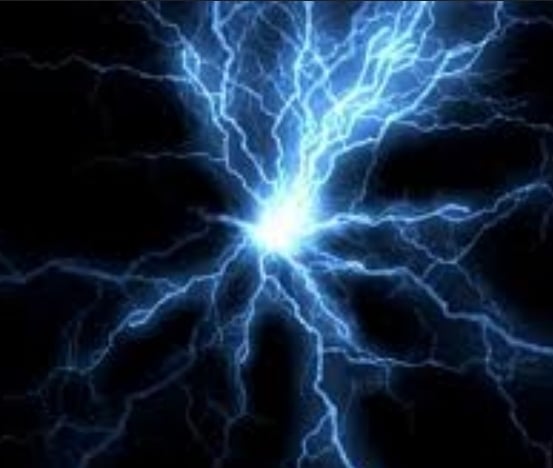But the Red Sea is already full of water
Perfect.
We’re gonna mine space for water ain’t we
If there’s one thing doctor who has taught me it’s that the waters of mars of are completely safe, and they do good things for the body.
Not that time is really just a big ball of wibbly wobbly timey wimey stuff?
Removed by mod
Na du push xidawang kaka felota shukumi ere milowda, mi beratna (o’ sésata), na! Milowda ge da kaka end fo da shetéxeting na materi keting fong da tumang, amash ye. 😱🙅🏽
Only if we use water as a fuel source
Well not you personally, Terran, but yes.
Is the Martian dust safe?
Hello it’s me Cave Johnson, turns out Martian dust is a terrible poison, I’m gravely ill. Good news is it’s a fantastic paint.
I’m glad there’s water. We need that!
Removed by mod
This is the best summary I could come up with:
If all the ice was brought to the surface of Mars and melted, it would be enough to coat the entire planet with an ocean between 5 and 9 feet deep, according to a new paper in the journal Geophysical Research Letters revealing the discovery.
“We’ve explored the MFF again using newer data from Mars Express’s MARSIS radar, and found the deposits to be even thicker than we thought: up to 3.7 km [2.3 miles] thick,” Thomas Watters, a geologist at the Smithsonian Institution, and author of the paper and the original research in 2007, said in an ESA statement.
The Medusae Fossae Formation is a section of Mars’ surface consisting of billion-year-old wind-sculpted features and huge dust deposits, stretching over 3,000 miles along the planet’s equator, bounding the cratered highlands of the south and the lowlands of the northern hemisphere.
“Given how deep it is, if the MFF was simply a giant pile of dust, we’d expect it to become compacted under its own weight,” co-author Andrea Cicchetti of the National Institute for Astrophysics, Italy, said in the ESA statement.
These icy deposits aren’t anything like the glaciers here on Earth, however, as they are heavily contaminated with Mars dust and topped with a crust of rock and ash that is hundreds of feet deep.
"Low latitudes are also very desirable for multiple reasons, the most important being temperature and solar energy due to the relatively high Sun angles.
The original article contains 682 words, the summary contains 240 words. Saved 65%. I’m a bot and I’m open source!
Just cuz you got the water from mars doesn’t make the sea red! God you kids are scientifically illiterate af.
/S
Usually I feel like articles like this are way too sensationalist, but this Ine was actually informative and well written!
I don’t know if or when we will be sending people to mars, but knowing where there is water will in any case be crucial if we’re going to do it.







